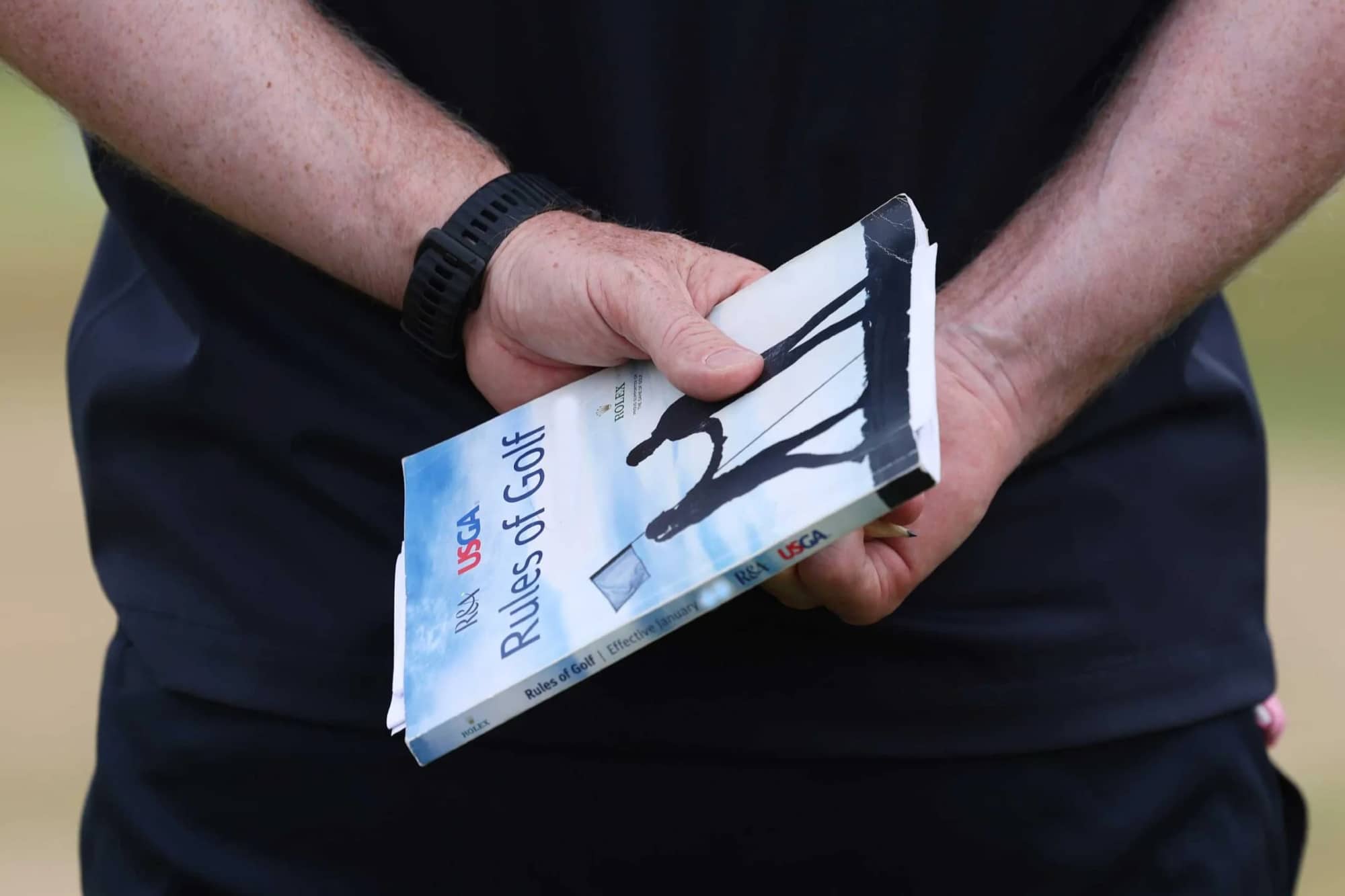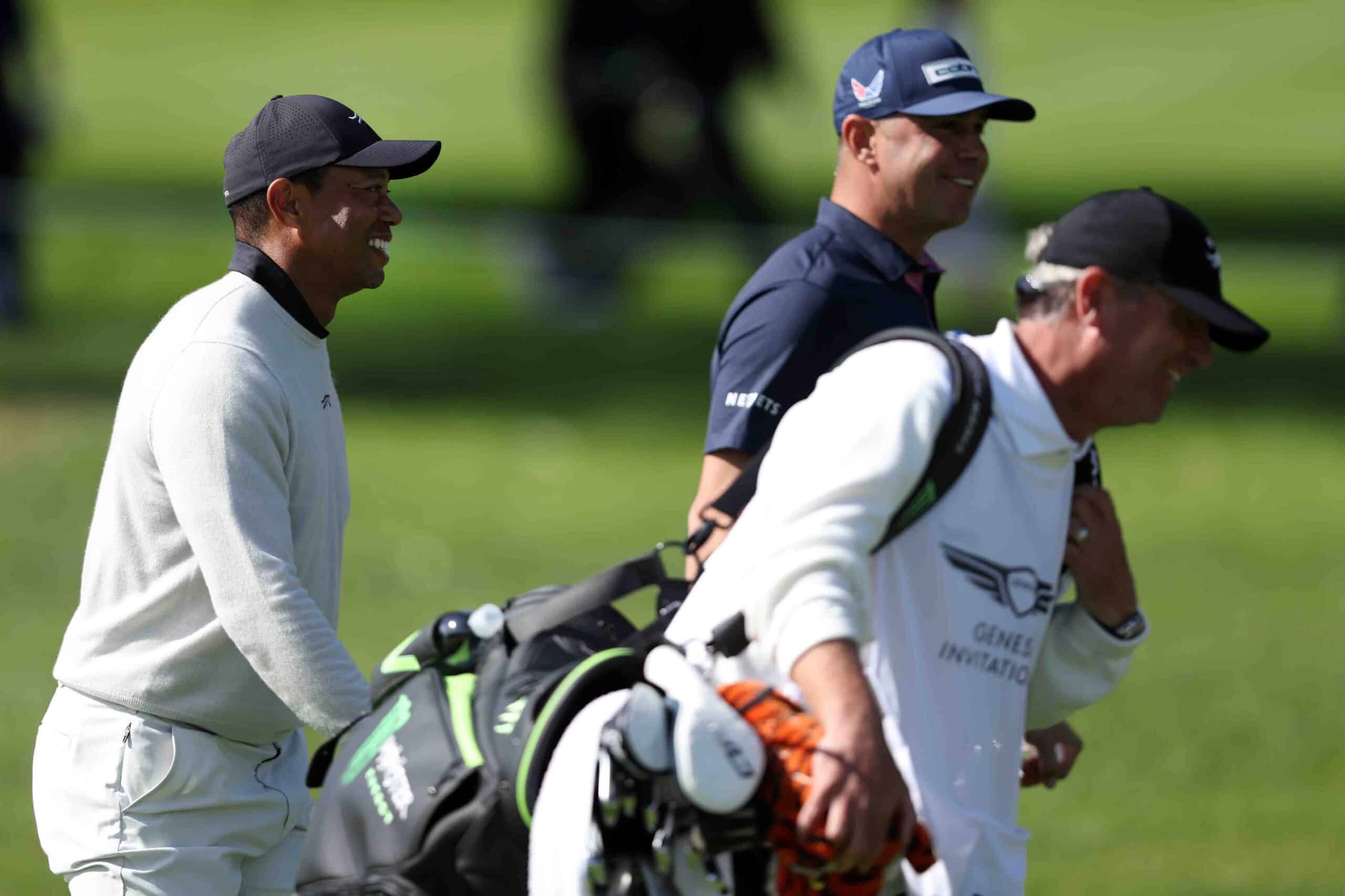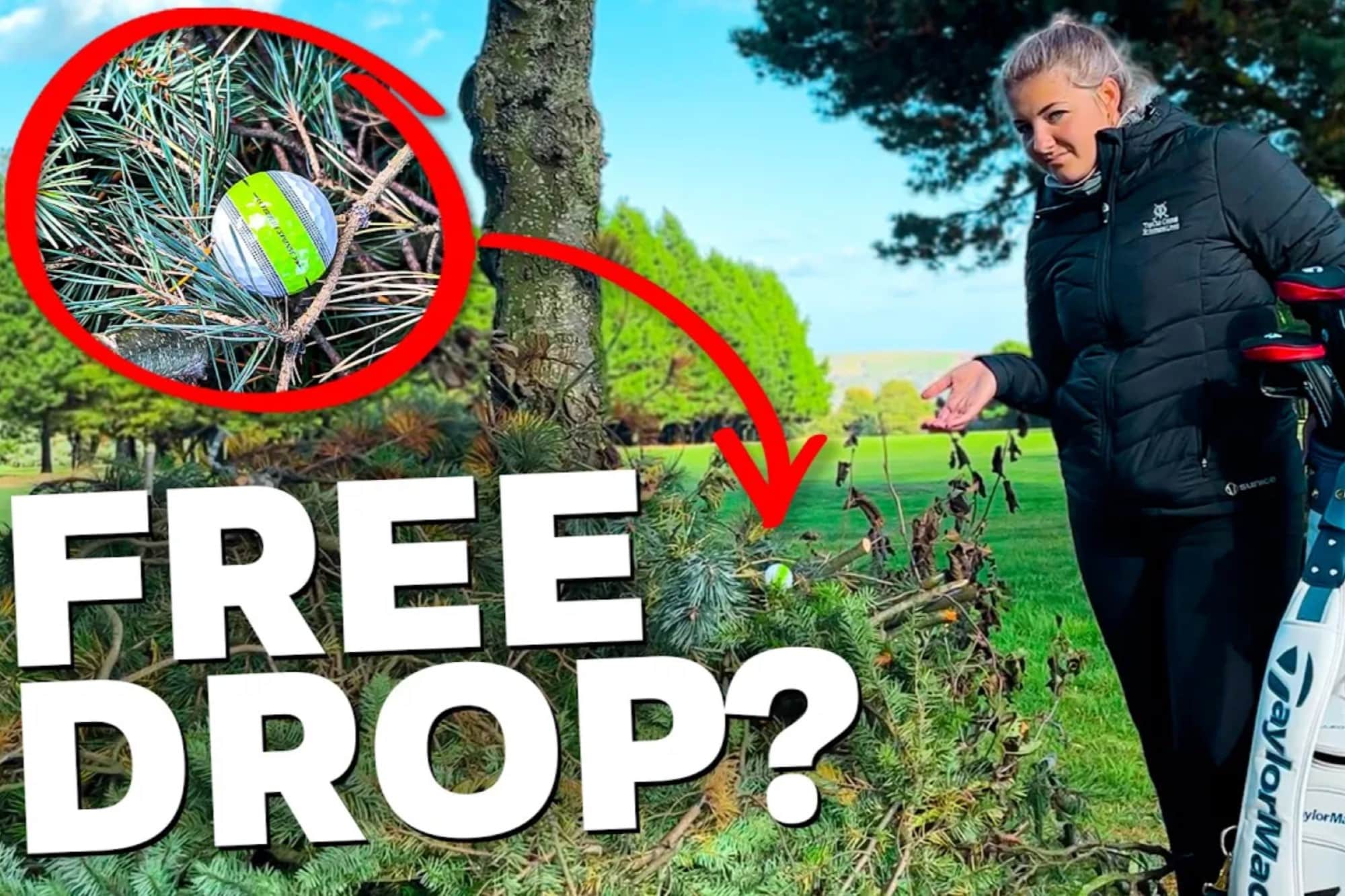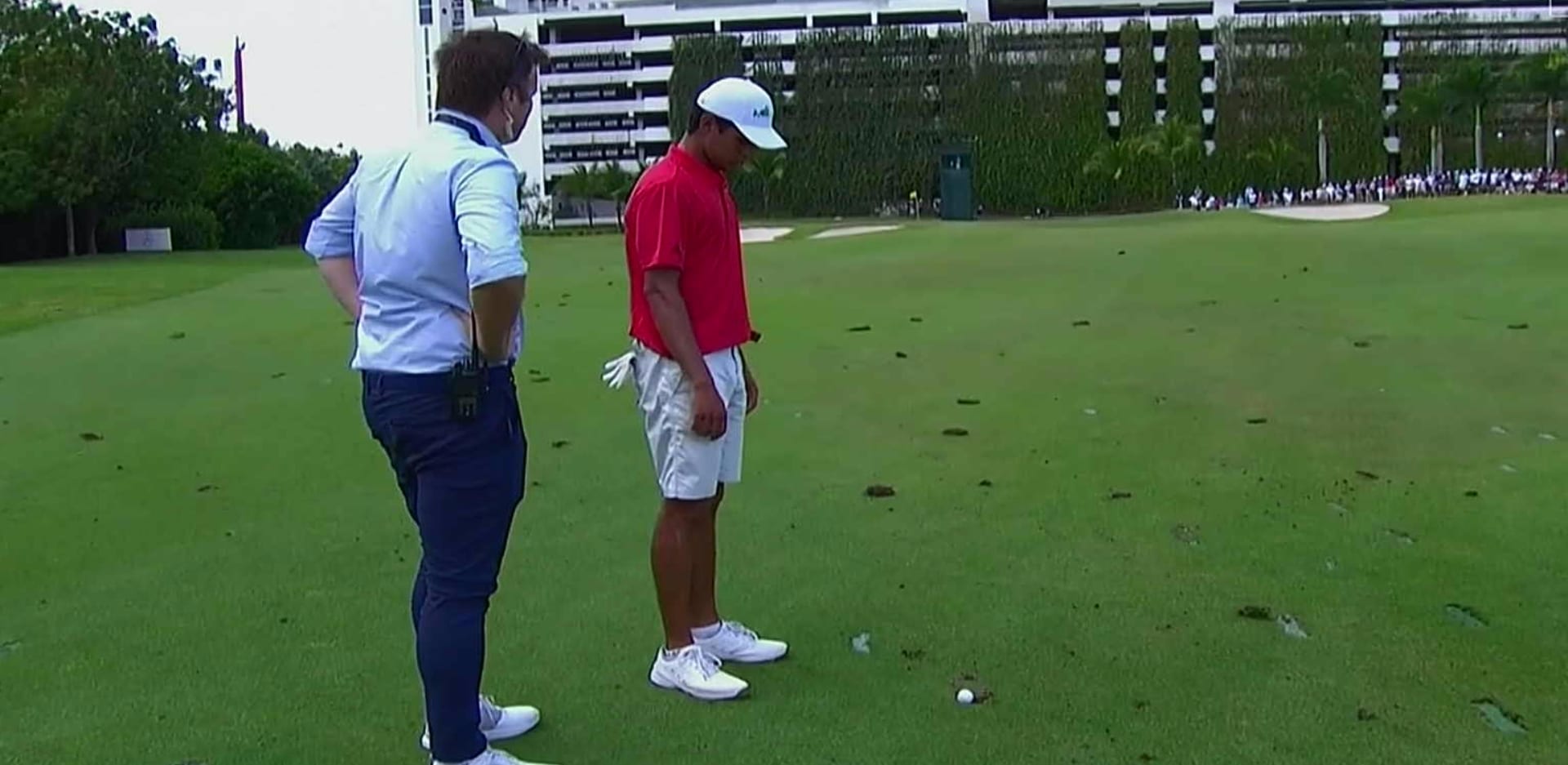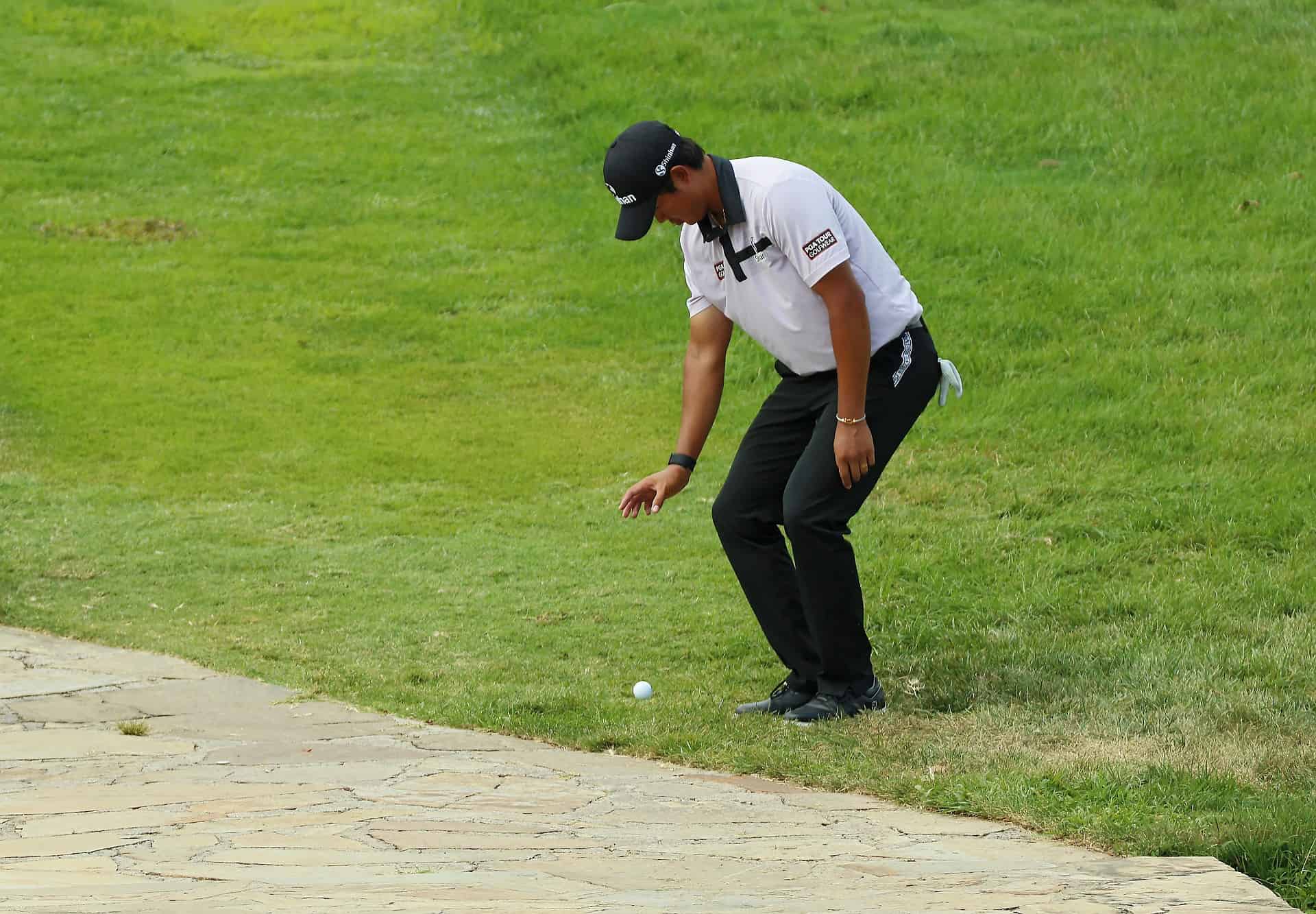
The R&A: We’re winning people round on the new rules
If there’s one thing that proves how comfortable we now are with the new Rules of Golf, it’s that the R&A team in St Andrews haven’t had an enquiry about dropping the ball in months.
Hark back to the start of the year, when the result of nearly seven years’ work to revise the Rules came into effect, and social media was awash with tales of players awkwardly trying to find a way of dropping the ball from knee height.
Then Rickie Fowler was less than complimentary after being correctly penalised for wrongly dropping and it seemed the Rules of Golf were in the news every tournament.
In many ways, the reaction was natural. Change isn’t something we cope with easily and the R&A and USGA’s work was not a couple of minor amendments.
Whether it was allowing players to repair most damage on a green, or grounding a club in a penalty area, the teams went through every rule to simplify and make them easier to understand.
“On the whole, we’re very happy,” said the R&A’s rules manager Daniel Sommerville when asked how the organisation felt a year on.
“There have been some slight adjustments we needed to make – just as anybody does when changes occur in any process – but the feedback, in general, has been very positive.
“Once we explained the rationale behind the changes we were actually winning people round.
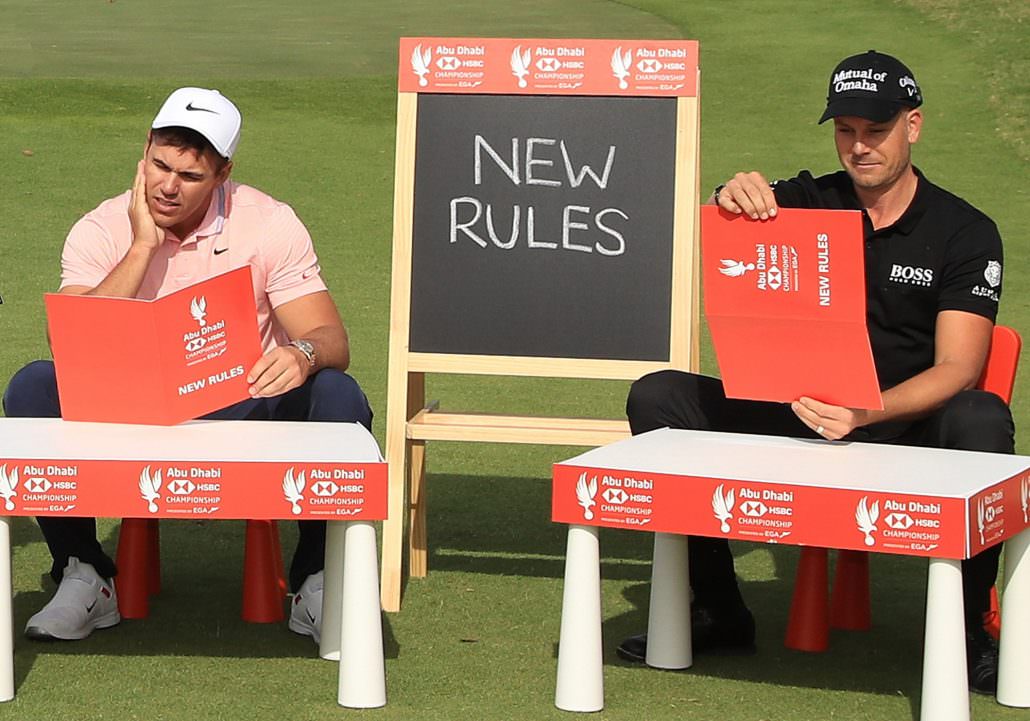
“So with the dropping procedure, as an example, initially some people talked about that as looking a bit awkward but, actually, now golfers have got used to it, it’s amazing we haven’t had anything come into the office in quite a few months.
“I think that’s because when they are dropping the ball, they are not having to re-drop it very often.
“They are managing to drop in that relief area easily and quickly and it’s helping pace of play. Now people are getting used to it, the initial negative reaction to that change seems to have passed.”
Perhaps the best thing to have come out of those initial controversies, though, was a surge in interest in the Rules of Golf – from golfers querying why a decision was made, to media in reporting them.
“People are becoming more aware of the rules in general,” added Sommerville. “All the media streams that are available now, if something happens at a tour event you are seeing it within half an hour.
“There’s a snowball effect. Sometimes that can have a negative effect, but also a positive. If people are talking about the rules, and we can explain the reasons behind them, then hopefully that allows people to understand them better.
- Related: The Rules of Golf you’re still getting wrong
- Related: What’s it like being a rules official at a major?
- Related: How were the 2019 Rules of Golf for you?
“It’s good people have an interest in the rules. Sometimes there could be articles that might come across slightly negatively but hopefully we can turn that into a positive and promote the new rules in a good way.
“It’s funny that you tend not to hear about the rules that have had a really positive outcome.
“We know that there have been balls on tour that have been moved by the player during a search and put back with no penalty. Previously, we probably would have heard about them because there would have been a penalty attached.
“Removing those penalty traps and being more positive with the rules is hopefully what’s coming across.”

Sommerville’s top 5 impacts from the revised Rules of Golf
Penalty areas – “This is a positive change and now you can remove loose impediments just as you can move movable obstructions. You can ground your club and, essentially, play the ball as it lies – just as you can in the general area.”
Bunkers – “They’ve separated in the rules from penalty areas, before they were within the same Rule. The reason there is still prohibition on grounding the club behind the ball is to preserve the challenge of playing from a bunker. The fact you can now remove loose impediments and there are fewer penalty traps, such as touching a leaf on the way back and now not being penalised, has been a positive change for golfers.”
Putting greens – “The repair of most damage and the ability to leave the flagstick in the hole whilst putting are all positives.”
Pace of play – “Everything from search times going from five to three minutes, the new flagstick rule, Ready Golf encouraged during stroke play, and the recommended time of 40 seconds to play a shot. All of these create awareness and that’s what we are trying to do with Pace of Play.”
Penalties – “By which I mean the removal of many penalty traps. Whether that’s moving your ball during a search, accidentally moving your ball on the putting green, an accidental deflection by a player – all of these things that previously were penalties aren’t any more. The more penalty traps we can remove for players the better.”
Steve Carroll

A journalist for 25 years, Steve has been immersed in club golf for almost as long. A former club captain, he has passed the Level 3 Rules of Golf exam with distinction having attended the R&A's prestigious Tournament Administrators and Referees Seminar.
Steve has officiated at a host of high-profile tournaments, including Open Regional Qualifying, PGA Fourball Championship, English Men's Senior Amateur, and the North of England Amateur Championship. In 2023, he made his international debut as part of the team that refereed England vs Switzerland U16 girls.
A part of NCG's Top 100s panel, Steve has a particular love of links golf and is frantically trying to restore his single-figure handicap. He currently floats at around 11.
Steve plays at Close House, in Newcastle, and York GC, where he is a member of the club's matches and competitions committee and referees the annual 36-hole scratch York Rose Bowl.
Having studied history at Newcastle University, he became a journalist having passed his NTCJ exams at Darlington College of Technology.
What's in Steve's bag: TaylorMade Stealth 2 driver, 3-wood, and hybrids; TaylorMade Stealth 2 irons; TaylorMade Hi-Toe, Ping ChipR, Sik Putter.


